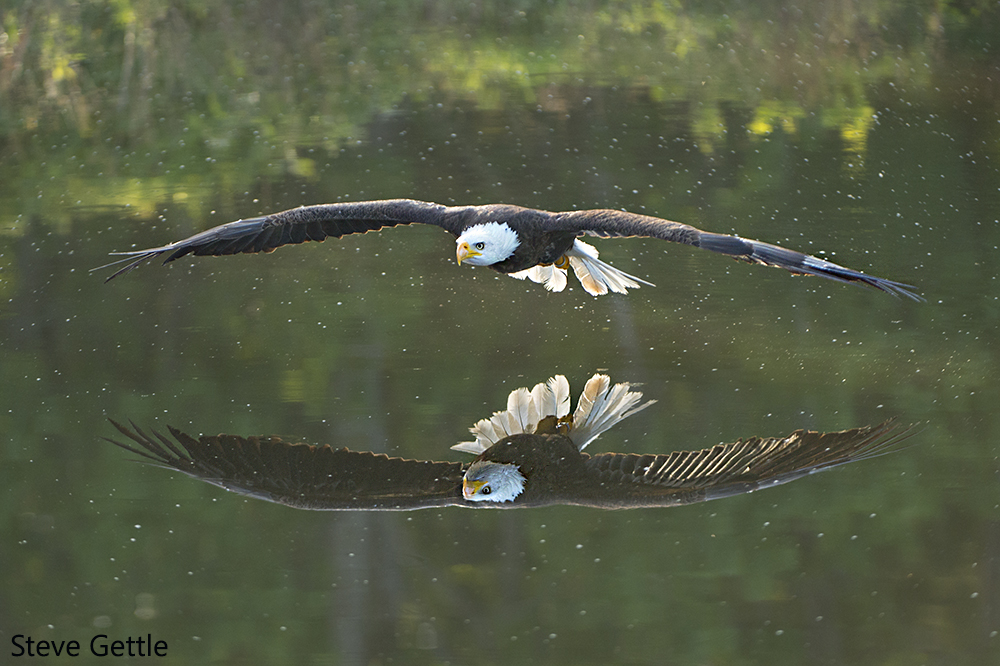As a photographer I find reflections to be a fun and artistic tool, offering many creative possibilities. For this reason, I am always excited when the opportunity arises for me to include them in my compositions. From the viewers perspective, reflections add interest to images by challenging their visual perception.

When creating images like this I make every effort to keep the image clean and simple, working hard to eliminate anything in the composition that will detract from the symmetry.
This next image is from a canyon in Utah. It celebrates another type of reflection I like to play with, which I call a “light reflection”. For this composition, I have included a shaded section of stream. Reflected in the water of this stream is a red rock wall that is fully lit by the rising sun, creating a beautiful stream of molten gold. Surprisingly I often use a polarizer when creating images like this. Which seems counter-intuitive because polarizers are often used to remove reflections but in this instance I will use the polarizer to intensify the colors. I look through my camera as I rotate the polarizer until I get the effect I like.

When creating images of reflections changing your perspective either higher or lower will often have a big impact on the quality and position of the reflection in your final image. So find the elevation which creates the best reflection and composition then make your image. Also on a technical note, when I am making images like this I tend to stop the lens down a bit more ensuring I am able to keep both the main subject and the reflection itself sharp.
Good Luck and Good Light!
Steve



